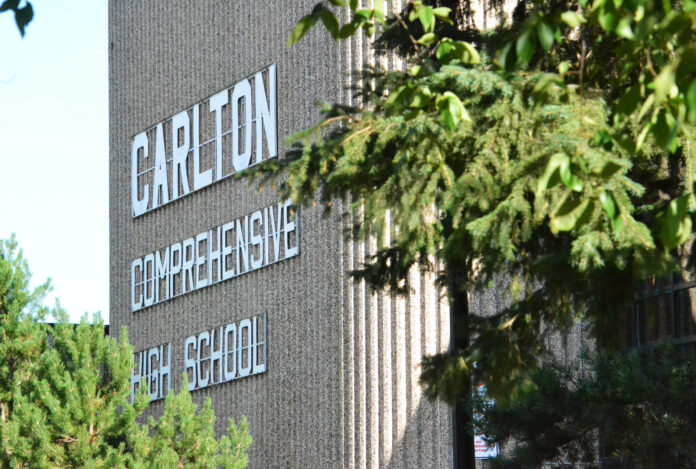The First Nations University of Canada (FNUniv) has launched a new teaching resource through the Indigenous Knowledge and Science program with the aid of Prince Albert high school students.
The resource is called National Science Laboratory Video Lessons for Indigenous Youth, and it includes interviews with Elders and Knowledge Keepers, and laboratory manuals and videos for high school Biology, Chemistry and Physics classes.
The resource includes video of lab experiments conducted by Carlton Comprehensive High School students for online publication. Hardcopies will be distributed to First Nation high schools across Canada to promote science among Indigenous youth.
Dr. Arzu Sardarli, who led the project, said the goal was a bridging of Indigenous and modern science — the culmination of nearly five years of collaboration among Elders, Knowledge Keepers, university and high school students.
“What really sets this project apart is the coming together of Indigenous ways of knowing with modern science and the collective effort put behind creating these resources,” Sardarli explained. “We were also very deliberate about engaging and training Indigenous high school students to perform the lab experiments.
“For us, it was about giving Indigenous students and their teachers across the country the opportunity to learn from their peers and to send the message that they can successfully conduct these experiments at their home schools using relatively simple equipment.”
The project started in 2017 with work continuing throughout the pandemic and wrapping up in November 2022. The first step was to get input from educators at First Nation high schools across Canada to select the lab experiments that would align with their curriculums. From there, five topics were chosen for each subject — Biology, Chemistry and Physics.
A list of 45 potential experiments were sent to 164 First Nation high schools across Canada for input from educators. Based on their feedback, 15 labs were conducted and recorded
The high school students conducted the experiments with the support of Carlton science teacher Trent Armitage, who was the Educational Consultant on the project and Dr. Sardarli. University students from FNUniv and the University of Saskatchewan’s SUNTEP program also lent support as research assistants.
One of those was Jana Sasakamoose, who is currently working toward her MA in Science under the supervision of Dr. Sardarli. She was living in Prince Albert while working on the project.
“We aimed to create educational materials that are culturally appropriate and that Indigenous youth can relate to — ones that present a different perspective and help to decolonize their learning experience,” Sasakamoose said. “Having these resources for Indigenous youth to review and study, on topics that they may already have some knowledge of or interest in learning about will help students to further their education and support more Indigenous youth to enter the field of science.”
The project was supported by the First Nations University of Canada and the Natural Sciences and Engineering Research Council of Canada.
Because so much time has passed since the videos were recorded, no Carlton students who took part were available for an interview.
The laboratory videos and accompanying manuals are publicly available at indigenousyouthscience.ca. You can also learn more on the project’s Facebook page.
michael.oleksyn@paherald.sk.ca


